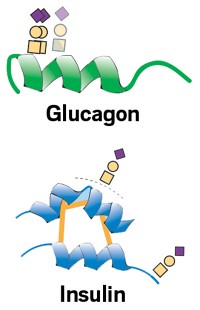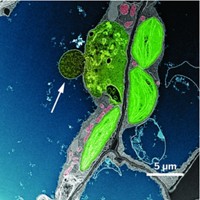Advertisement
Grab your lab coat. Let's get started
Welcome!
Welcome!
Create an account below to get 6 C&EN articles per month, receive newsletters and more - all free.
It seems this is your first time logging in online. Please enter the following information to continue.
As an ACS member you automatically get access to this site. All we need is few more details to create your reading experience.
Not you? Sign in with a different account.
Not you? Sign in with a different account.
ERROR 1
ERROR 1
ERROR 2
ERROR 2
ERROR 2
ERROR 2
ERROR 2
Password and Confirm password must match.
If you have an ACS member number, please enter it here so we can link this account to your membership. (optional)
ERROR 2
ACS values your privacy. By submitting your information, you are gaining access to C&EN and subscribing to our weekly newsletter. We use the information you provide to make your reading experience better, and we will never sell your data to third party members.
Biological Chemistry
How Plants Know it's Time to Flower
September 17, 2007
| A version of this story appeared in
Volume 85, Issue 38
Light-dependent formation of a protein complex allows plants to monitor seasonal changes in daylight so that they can, in effect, select the most favorable time for flowering, according to Takato Imaizumi and colleagues at Scripps Research Institute (Science, DOI: 10.1126/science.1146994). The researchers studied the effect in Arabidopsis, a small flowering plant related to mustard and cabbage. Focusing on the plant proteins FKF1 and GI, the researchers determined that FKF1 is a photoreceptor for blue light and forms a complex with GI when exposed to sunlight. Production of the two proteins in the plant varies throughout the day but peaks simultaneously only during days with enough hours of light. Under these conditions, sufficient quantities of the FKF1-GI complex are formed to destroy a third protein known as CDF1. Because CDF1 represses expression of a gene that triggers flowering, its destruction frees Arabidopsis to flower.







Join the conversation
Contact the reporter
Submit a Letter to the Editor for publication
Engage with us on Twitter